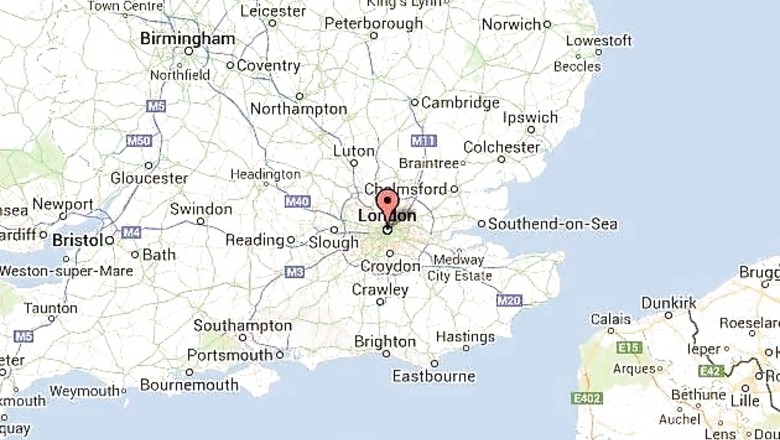
views
London: Oxygen-producing life forms were present on Earth some three billion years ago - 60 million years earlier than previously thought, according to a new research on chemical weathering in ancient soil in India.
Geologists from Trinity College Dublin, working with Professors Joydip Mukhopadhyay and Gautam Ghosh and other colleagues from the Presidency University in Kolkata, India found that life forms responsible for adding oxygen to our atmosphere, which laid the foundations for more complex life to evolve and proliferate, appeared at least 60 million years earlier than previously thought.
The researchers found evidence for chemical weathering of rocks leading to soil formation that occurred in the presence of oxygen.
Using the naturally occurring uranium-lead isotope decay system, which is used for age determinations on geological time-scales, the authors deduced that these events took place at least 3.02 billion years ago.
The ancient soil (or paleosol) came from the Singhbhum craton, Eastern India, and was named the 'Keonjhar Paleosol' after the nearest local town.
The pattern of chemical weathering preserved in the paleosol is compatible with elevated atmospheric oxygen levels at that time.
Such substantial levels of oxygen could only have been produced by organisms converting light energy and carbon dioxide to oxygen and water, researchers said.
"This is a very exciting finding, which helps to fill a gap in our knowledge about the evolution of the early Earth.
This paleosol from India is telling us that there was a short-lived pulse of atmospheric oxygenation and this occurred considerably earlier than previously envisaged," said Quentin Crowley of Trinity, and senior author of the study.
The widely accepted model for evolution of the atmosphere states that oxygen levels did not appreciably rise until about 2.4 billion years ago.
This 'Great Oxidation Event' event enriched the atmosphere and oceans with oxygen, and heralded one of the biggest shifts in evolutionary history.
Micro-organisms were certainly present before 3.0 billion years ago but they were not likely capable of producing oxygen by photosynthesis.
Up until very recently however, it has been unclear if any oxygenation events occurred prior to the Great Oxidation Event and the argument for an evolutionary capability of photosynthesis has largely been based on the first signs of an
oxygen build-up in the atmosphere and oceans.
The research is published in the journal Geology.



















Comments
0 comment